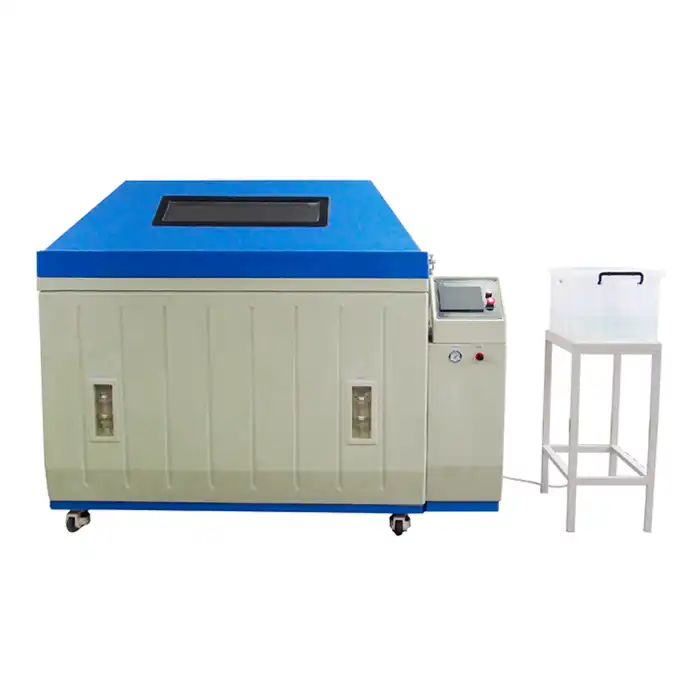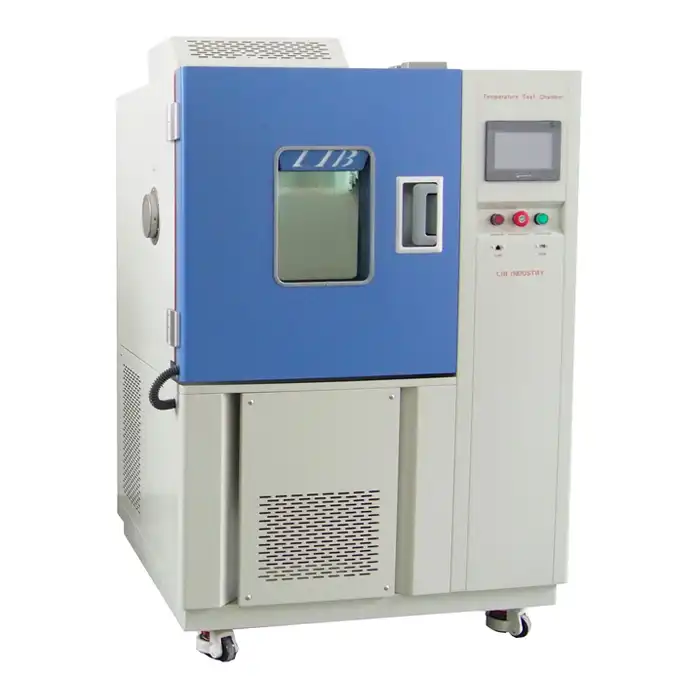What is a temperature altitude chamber?
Temperature altitude chambers are sophisticated environmental testing devices that simulate various atmospheric conditions, combining temperature and altitude effects. These chambers play a crucial role in product development, quality assurance, and research across multiple industries. In this comprehensive guide, we'll explore the intricacies of temperature altitude chambers, their applications, and why they're indispensable in modern testing procedures.
Understanding Temperature Altitude Chambers
The Basics of Temperature Altitude Testing
Temperature altitude chambers are vital for assessing how products and materials perform under varied environmental stresses. This testing is crucial for industries such as aerospace, automotive, and electronics, where products must operate reliably in extreme conditions. By replicating high-altitude environments, these chambers help identify potential issues related to temperature fluctuations and reduced air pressure, ensuring that products can withstand real-world challenges.
Key Components of a Temperature Altitude Chamber
A temperature altitude chamber typically includes several key components:
- Insulated Chamber: The primary testing area where samples or products are placed, designed to maintain consistent environmental conditions.
- Heating and Cooling Systems: These systems control the temperature within the chamber, allowing it to simulate both hot and cold conditions.
- Vacuum Pump: This component reduces the air pressure inside the chamber to simulate high altitudes.
- Control Panel: The user interface for managing and monitoring the chamber's parameters, including temperature and pressure settings.
- Sensors: Accurate measurement tools that ensure precise control and monitoring of the environmental conditions within the chamber.
How Temperature Altitude Chambers Work
Temperature altitude chambers function by combining precise temperature control with atmospheric pressure adjustments. The chamber can rapidly alter the temperature, either heating or cooling the air, while simultaneously using the vacuum pump to decrease the air pressure. This dual control allows for the simulation of various altitudes, ranging from sea level to extremely high elevations, providing valuable insights into how products perform in diverse and challenging environments.
Applications of Temperature Altitude Chambers
Aerospace and Aviation Industry
In the aerospace sector, temperature altitude chambers are indispensable for ensuring the reliability and safety of aircraft components and avionics. These chambers simulate the harsh conditions encountered during flight, including the extreme cold and low pressure at high altitudes. By exposing materials and equipment to these conditions, manufacturers can evaluate their performance and durability, ensuring they function correctly throughout the entire flight profile. This testing helps prevent potential failures and ensures that aviation components meet rigorous safety standards.
Automotive Testing
Automotive manufacturers use temperature altitude chambers to assess vehicle components and systems under varied environmental conditions. These chambers allow for the simulation of different altitudes and temperatures, enabling manufacturers to evaluate engine performance, fuel efficiency, and the effectiveness of air conditioning systems. Additionally, testing the durability of materials used in vehicle construction under simulated high-altitude conditions helps ensure that vehicles can handle diverse driving environments and maintain optimal performance and safety.
Electronics and Telecommunications
For electronics and telecommunications equipment, temperature altitude chambers are critical in verifying product reliability across diverse climates and altitudes. These chambers simulate extreme temperature fluctuations and varying air pressures, allowing manufacturers to test devices such as smartphones, computers, and communication systems under conditions they might encounter in real-world scenarios. Ensuring that these products operate effectively in high-altitude environments or harsh climates is essential for maintaining functionality and performance in global markets.
Benefits and Importance of Temperature Altitude Testing
Enhancing Product Reliability
Subjecting products to extreme environmental conditions within a temperature altitude chamber allows manufacturers to simulate real-world stresses that products may face. This controlled testing environment helps identify potential weaknesses and design flaws before the product reaches the market. By uncovering these issues early, manufacturers can make necessary adjustments, leading to more robust and durable products. Enhanced reliability not only improves performance but also increases customer satisfaction and trust in the brand.
Regulatory Compliance
Adhering to industry regulations and standards is crucial for product safety and market acceptance. Many sectors, such as aerospace, automotive, and electronics, have stringent requirements for how products perform under various environmental conditions. Temperature altitude chambers help ensure that products meet these regulatory standards by providing accurate testing results. This compliance reduces the risk of facing regulatory penalties, recalls, or legal issues, which can be costly and damaging to a company’s reputation.
Cost-Effective Product Development
Although the initial investment in a temperature altitude chamber can be substantial, the long-term benefits often outweigh the costs. By conducting thorough testing early in the development cycle, manufacturers can detect and address potential issues before the product is mass-produced. This proactive approach can prevent expensive recalls, redesigns, and repairs after the product has been launched. Ultimately, this leads to cost savings and a more efficient product development process, enhancing overall profitability and market competitiveness.
Conclusion
Temperature altitude chambers are invaluable tools in modern product development and quality assurance processes. They provide a controlled environment for simulating extreme conditions, allowing manufacturers to push their products to the limit and ensure they meet the highest standards of performance and reliability. As industries continue to innovate and expand into new frontiers, the role of temperature altitude chambers in testing and validation will only grow in importance.
If you're interested in learning more about our temperature altitude chambers or other environmental testing solutions, we invite you to contact us at info@libtestchamber.com. Our team of experts is ready to assist you in finding the perfect testing solution for your unique needs.
References
1. Smith, J. (2021). "Principles of Environmental Testing in Aerospace Applications." Journal of Aerospace Engineering, 34(2), 145-160.
2. Johnson, M., & Brown, L. (2020). "Advancements in Temperature Altitude Chamber Technology." Environmental Testing Quarterly, 15(3), 78-92.
3. Chang, Y. (2019). "The Role of Altitude Testing in Automotive Development." Automotive Engineering International, 27(4), 210-225.
4. Wilson, R. (2022). "Environmental Testing Standards for Electronics: A Comprehensive Guide." IEEE Transactions on Reliability, 71(1), 55-70.
5. Thompson, E., & Garcia, C. (2018). "Cost-Benefit Analysis of Environmental Testing in Product Development." Journal of Manufacturing Technology Management, 29(5), 825-840.
6. Lee, S. (2023). "Next-Generation Temperature Altitude Chambers: Innovations and Applications." Environmental Simulation Technology, 40(2), 112-128.



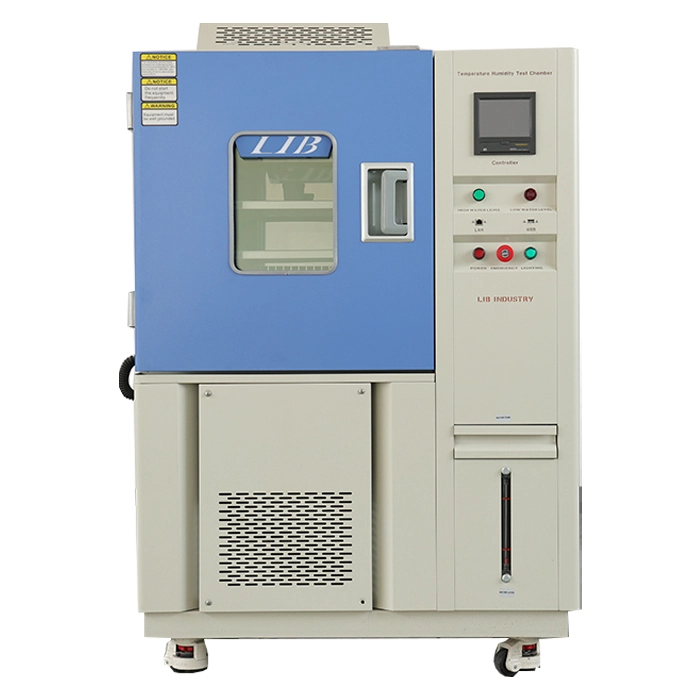
.webp)
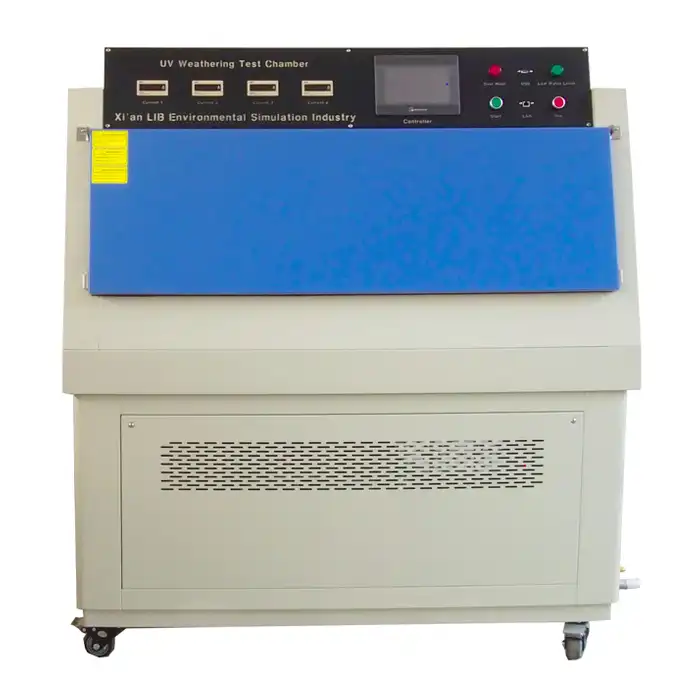
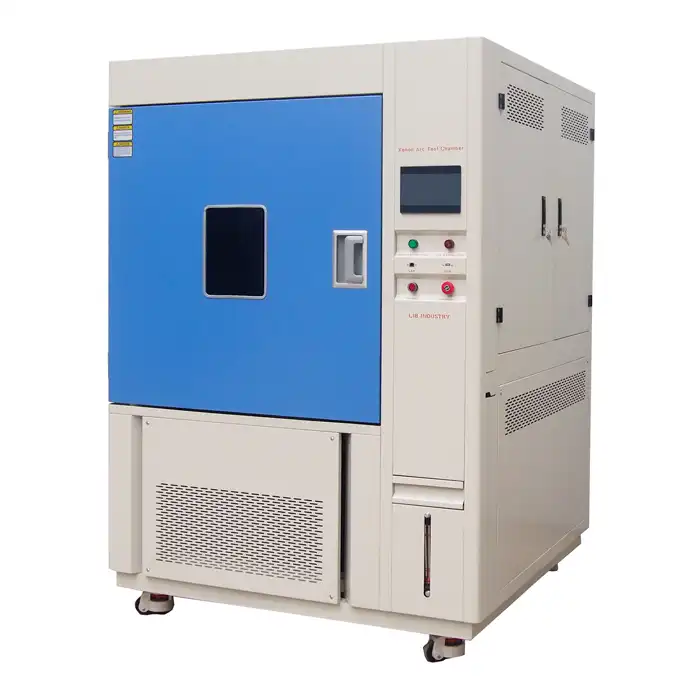
.webp)
.webp)
